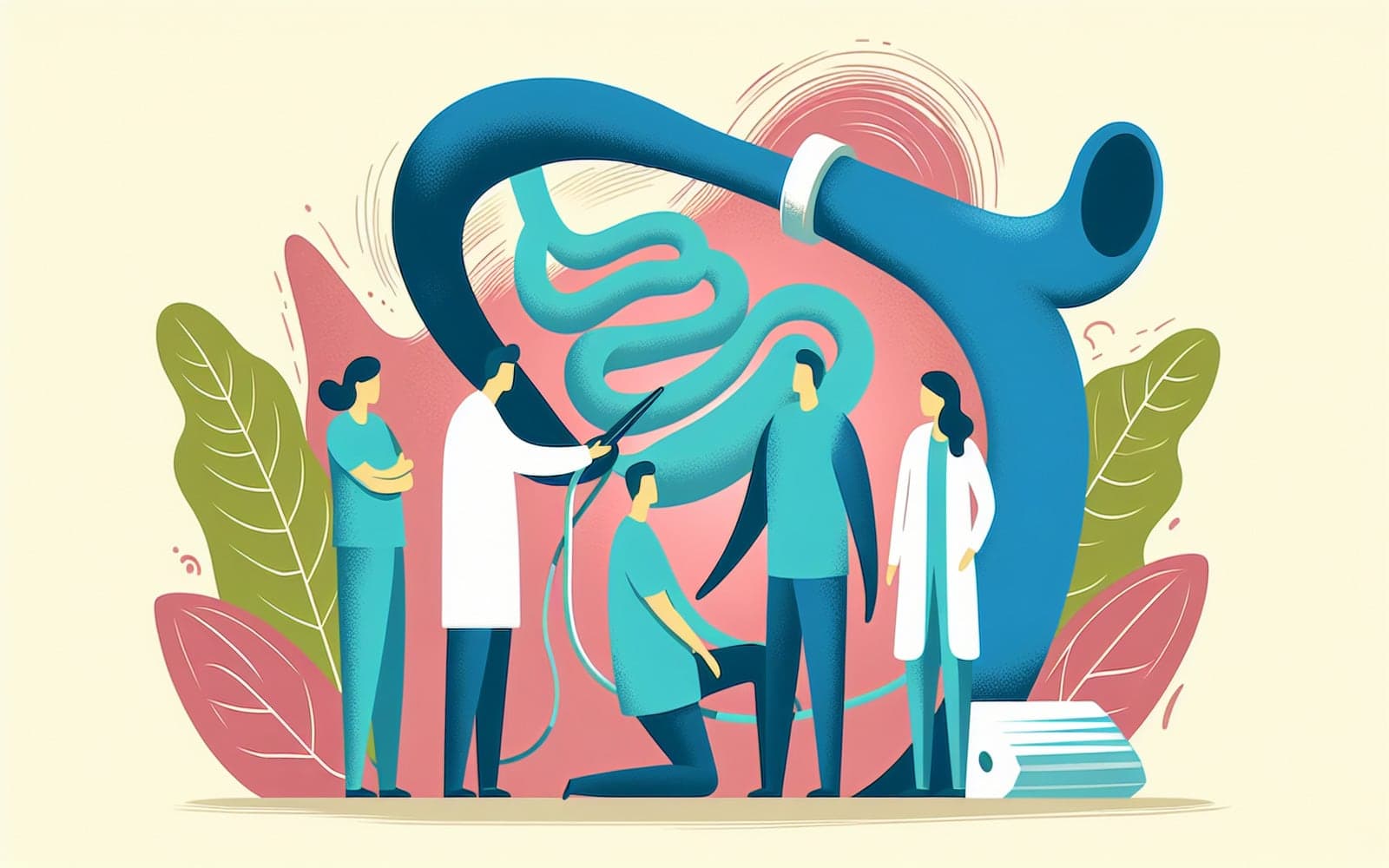When Should You Get an Upper Endoscopy for Dyspepsia?
Published: Jan 02, 2024
An upper endoscopy can be a key tool in diagnosing the cause of persistent dyspepsia. Knowing when it's necessary can help you make informed health decisions.
Contents
What is an Upper Endoscopy?
An upper endoscopy is a procedure where a doctor uses a flexible tube with a camera to examine the upper digestive system. It helps in detecting abnormalities like ulcers or infections and can provide tissue samples for further analysis.
Who Needs an Upper Endoscopy?
This procedure is recommended for individuals over 60 with persistent dyspepsia. Younger individuals might need it if they have alarming symptoms like severe weight loss, gastrointestinal bleeding, or a family history of gastrointestinal cancer.

What Happens During the Procedure?
During an upper endoscopy, patients are usually sedated. The doctor inserts the endoscope through the mouth, allowing them to view the esophagus, stomach, and beginning of the small intestine. The procedure is generally quick and safe.
Frequently Asked Questions
It's a procedure to examine the upper digestive system using a camera.
People over 60 or those with alarming dyspepsia symptoms.
Yes, it's generally quick and safe with sedation.
It can detect ulcers, infections, and other abnormalities.
Key Takeaways
Knowing when an upper endoscopy is necessary can help address dyspepsia effectively.
Discuss with Doctronic if an upper endoscopy might be right for you.Related Articles
References
Talley NJ, Vakil NB, Moayyedi P. Gastroenterology 2005; 129:1756.
Wiklund I, Glise H, Jerndal P, et al. Gastrointest Endosc 1998; 47:449.
Always discuss health information with your healthcare provider.

